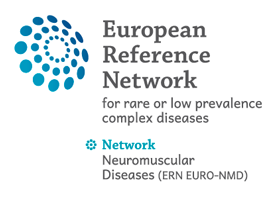06 Mar 2008
Electrodiagnostic criteria for diagnosis of ALS
Authors:
Mamedede Carvalho, Reinhard Dengler, Andrew Eisen, John D. England, Ryuji Kaji, Jun Kimura, Kerry Mills, Hiroshi Mitsumoto, Hiroyuki Nodera, Jeremy Shefner, Michael Swash
Abstract
A consensus meeting was held to determine the best use and interpretation of electrophysiological data in the diagnosis of ALS. The utility of needle EMG and nerve conduction studies was affirmed. It is recommended that electrophysiological evidence for chronic neurogenic change should be taken as equivalent to clinical information in the recognition of involvement of individual muscles in a limb. In addition, in the context of a suspected clinical diagnosis of ALS, fasciculation potentials should be taken as equivalent to fibrillation potentials and positive sharp waves in recognising denervation. The importance of searching for instability in fasciculation potentials and in motor unit potentials in ALS is stressed. These changes in the interpretation of electrophysiological data render obsolete the category Probable Laboratory-Supported ALS in the modified El Escorial diagnostic criteria for ALS. Methods for detection of upper motor neuron abnormality appear sensitive but require further study, particularly regarding their value when clinical signs of upper motor neuron lesion are uncertain.

